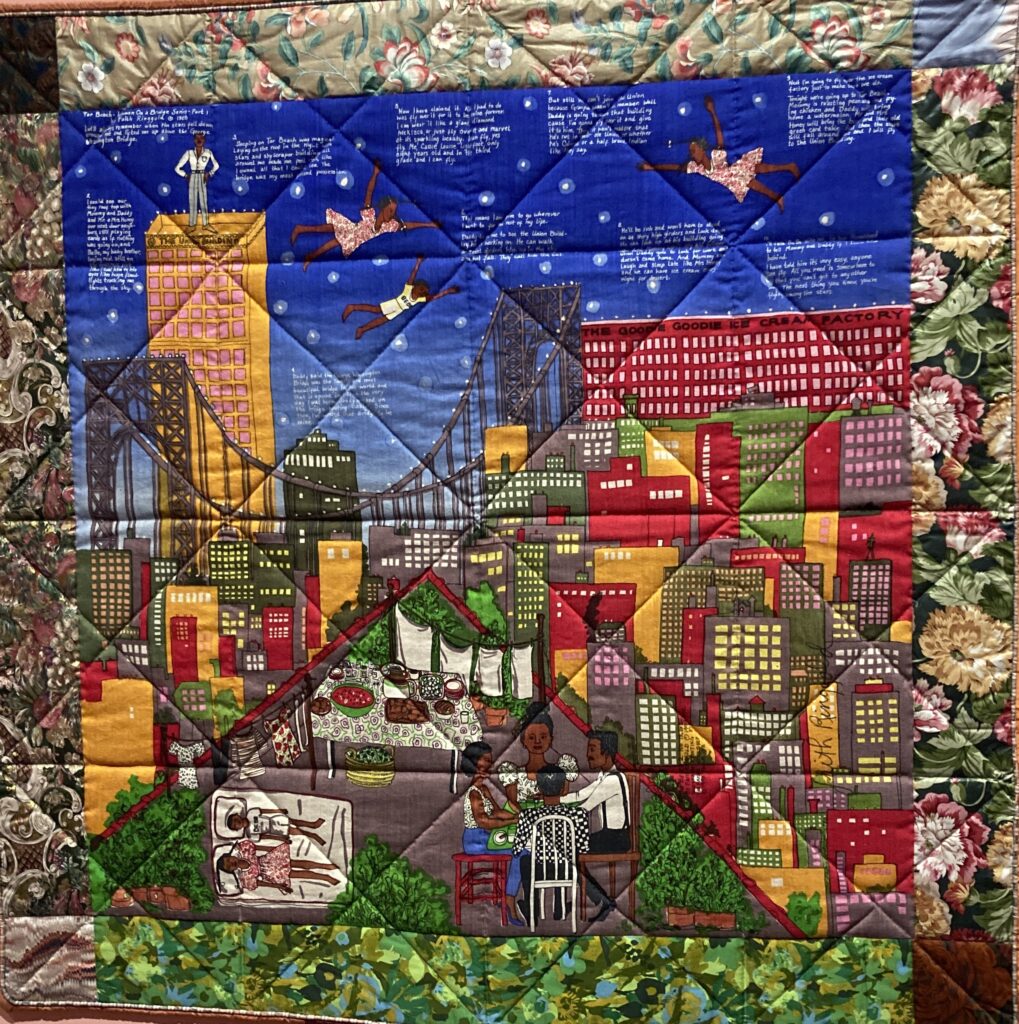Some days, you just have to give up and laugh. We had one of those days recently. I was in the kitchen about to make breakfast when all our power went out for no apparent reason. Then my husband looked out the window and saw lots of flashing red lights down the road from us. A car had run off the road and crashed into an electric pole. The driver survived, but the pole didn’t.
We both decided to make the most of the situation and go out for a hot breakfast, something our electric stove and coffeemaker couldn’t produce at the moment. We don’t have many restaurant options other than fast food in our area, but we decided that a nearby Perkins Pancake House could probably deliver a decent pancake or waffle. We hadn’t been in a Perkins in over a decade, but what could go wrong?
The answer to that turned out to be almost everything. The first problem was sticker shock. How could a lone, unadorned waffle cost eleven dollars? We ended up ordering two short stacks and coffee. After taking our order, the waitress looked at us and said, “Is that all that you’re eating?”
A short while later, the server deposited a plastic, thermal coffee pot on our table. The brew turned out to be lukewarm, a real trick when it’s in a thermos. We figured that sending it back would be futile, so started drinking and waiting for our order to arrive … and waiting and waiting. Just as we were beginning to think that the chef must have walked out the door, the pancakes and a small jug of maple syrup arrived.
My husband picked up the jug and his hand stuck to the handle. He unstuck his hand, wiped off sticky stuff from himself and the handle, put a clean napkin around the handle and tried again. In the meantime, I was unwrapping the napkin that was around my silverware. This revealed two spoons and a knife. Fortunately, I was able to flag down a busboy and request a fork, a most handy tool when eating pancakes.
Finally, we are able to eat. My husband takes his first bite and says, “This syrup tastes like absolutely nothing.” I try mine and concur. Without a doubt, the syrup was cane sugar mixed with water and brown food coloring. In a state known for maple syrup production, these folks could not even give us artificially flavored maple syrup.
In fairness, I must say that the pancakes were good. I try to look on the bright side of things.
While we were having our dismal breakfast, the electric company crew was working on getting a new pole delivered and installed. Shortly after 7:00 PM, our lights popped back on. I was able to make a hot dinner in the oven. And when I set the table, I gave each of us a fork.
P.S. Although our breakfast did not go well, our electric company did an excellent job of restoring our power in a timely fashion. It’s comforting to know that some things still work.















